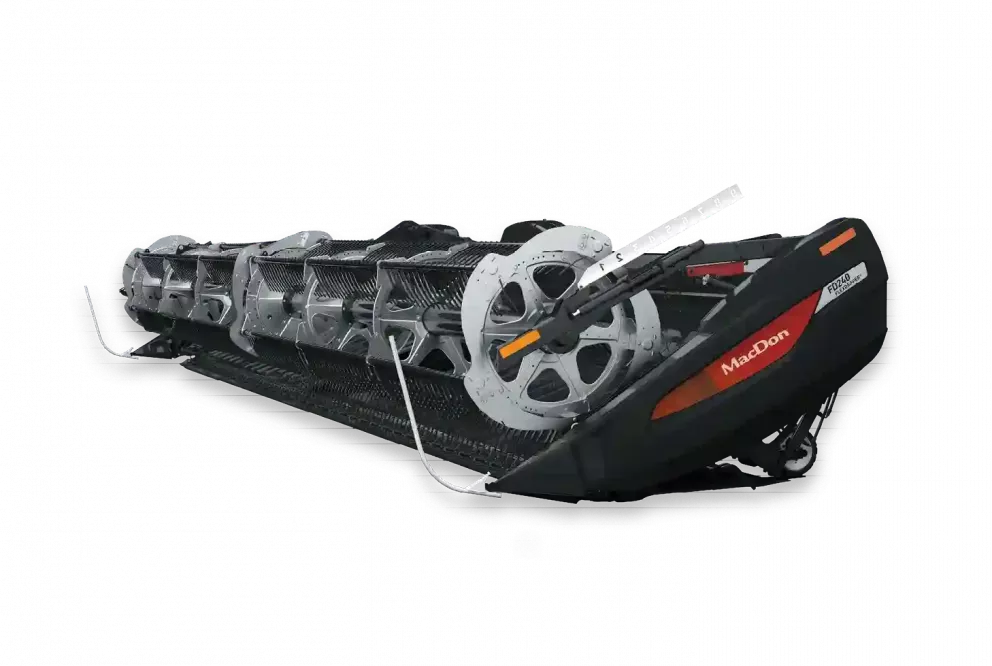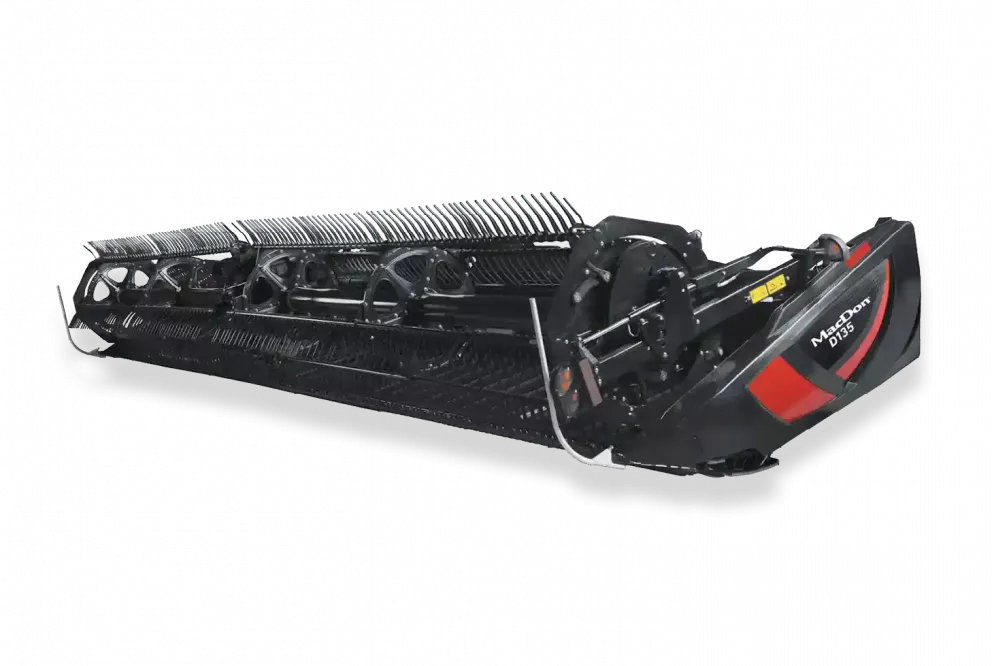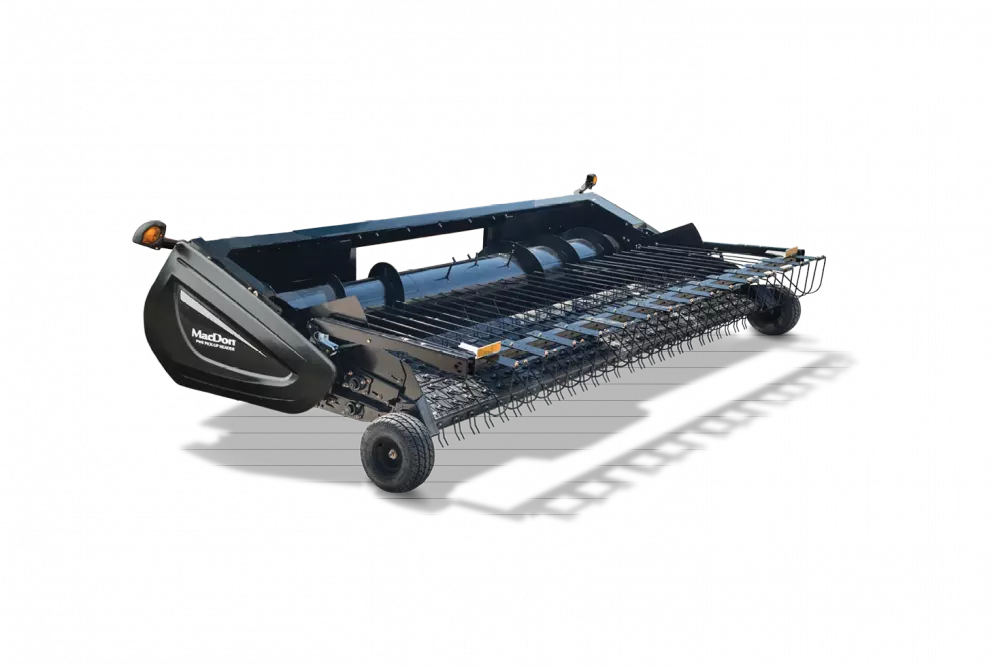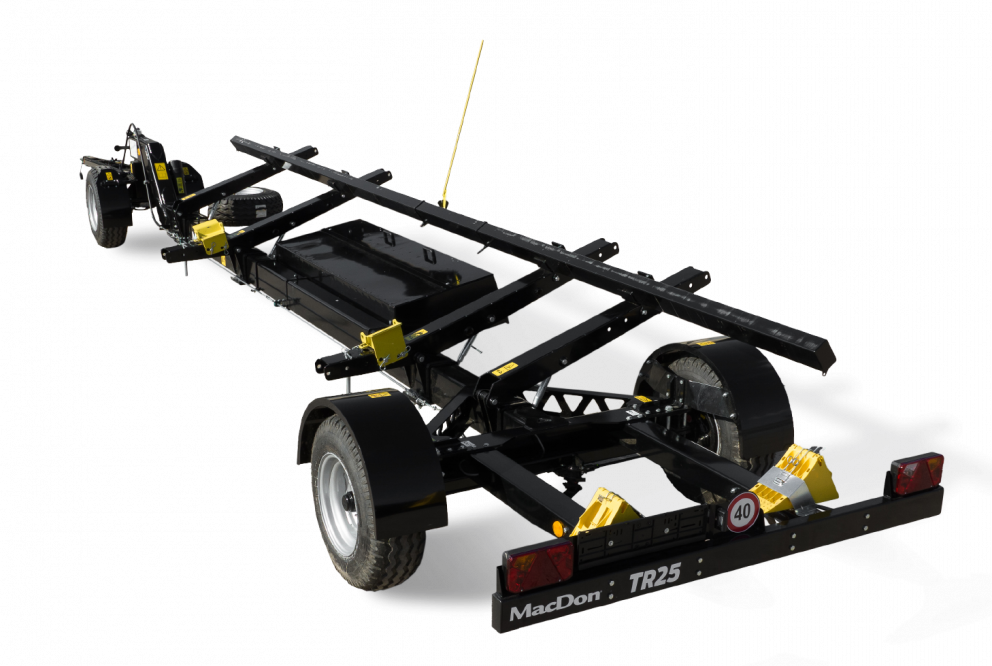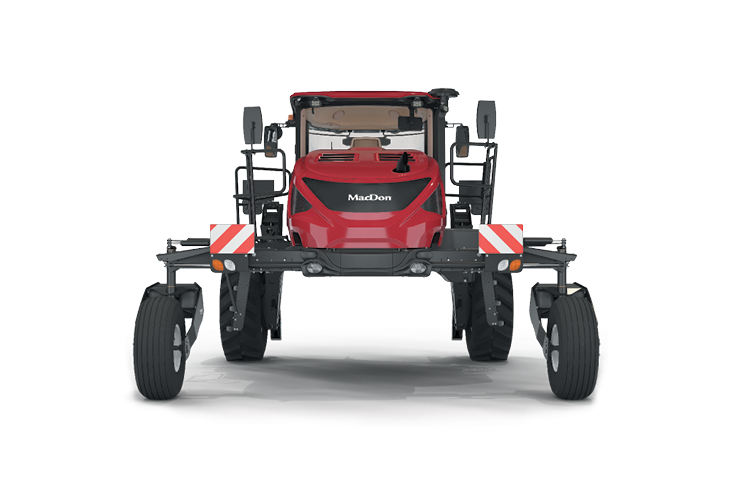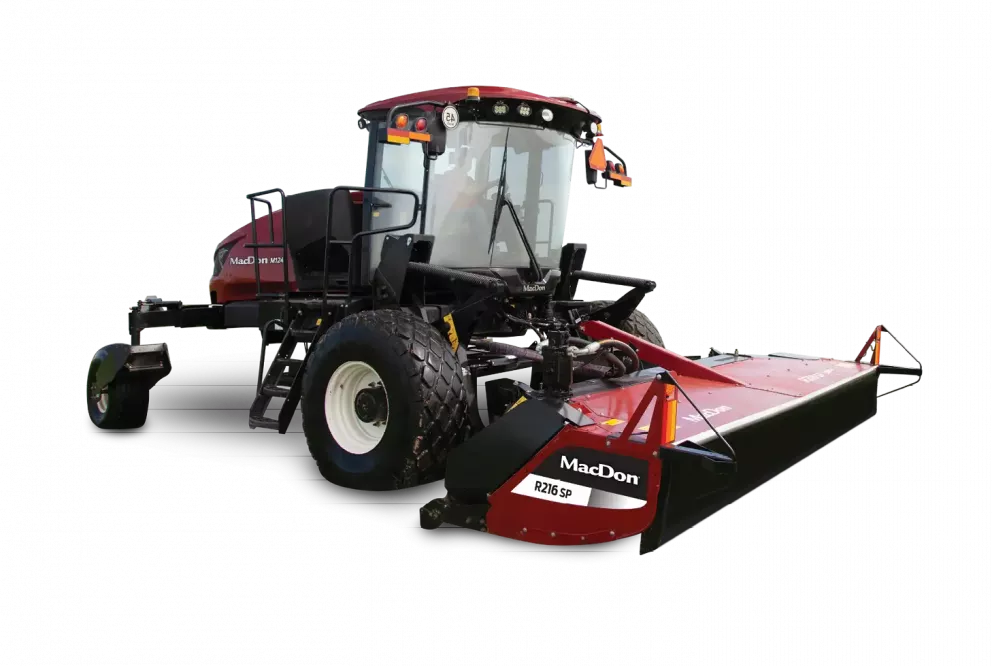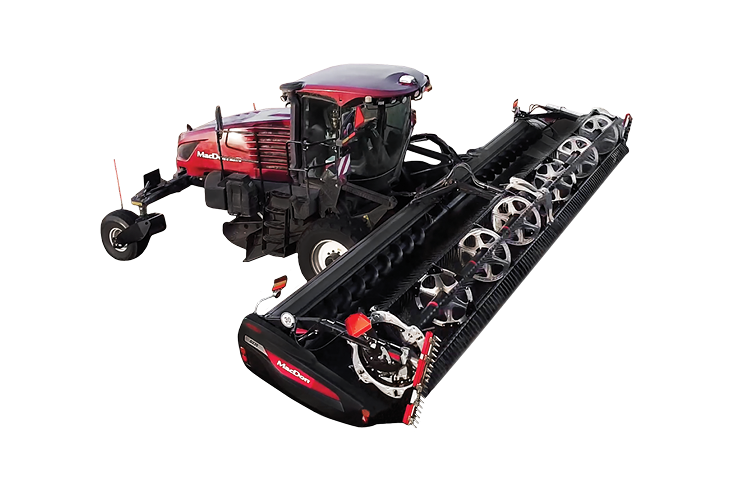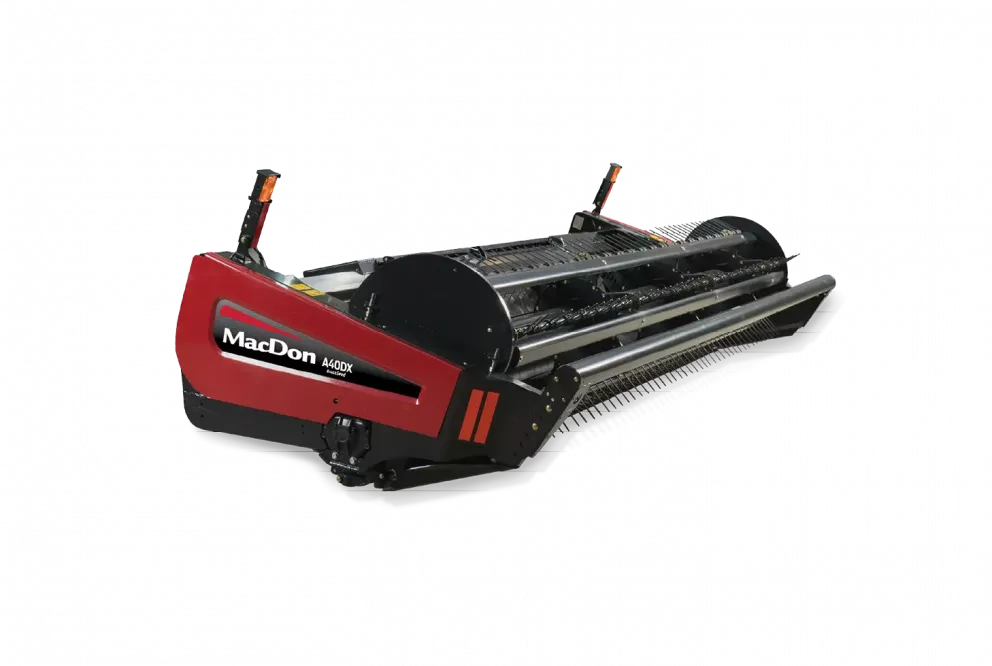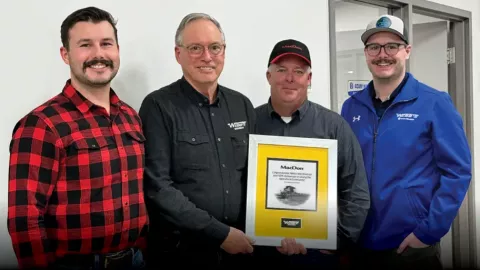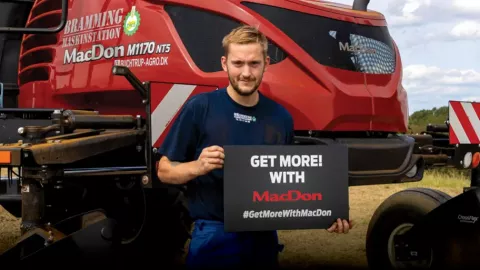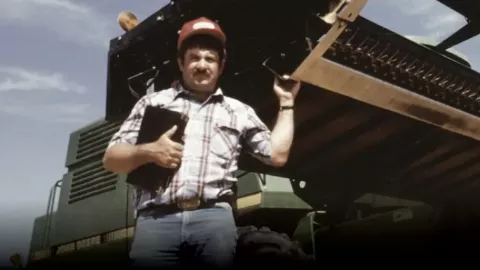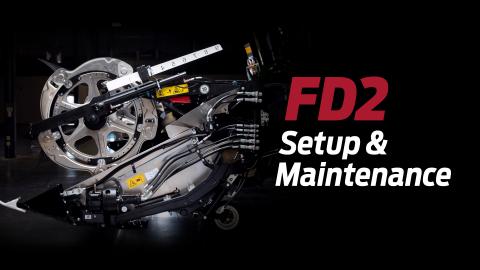Productivity, productivity, productivity
M Series windrowers deliver more than expected for Alberta farmer Murray Taks.
THE TECHNOLOGY THAT THEY PUT INTO THESE MACHINES IS JUST INCREDIBLE. THE IN-CAB CONTROLS AND CONVENIENCE IS OUTSTANDING.
Murray Taks was skeptical. He did expect a modest improvement in productivity when he replaced his three windrowers with 20' headers with two brand new MacDon-built Westward M150 Self-Propelled Windrowers with 25' D60 headers, but he certainly was unconvinced of the claims MacDon was making.
“I had read the literature on these swathers, about how they were faster in the field and promised productivity increases up to 40%. I laughed at that,” recalls Taks. “I said that’s a nice promotion, but I want to see it. Let me tell you, I’ve seen it.”
The Taks farm of 6,000 acres lies near Crossfield, Alberta, just over half an hour north of Calgary. Here, in the shadow of the Rockies, Taks says that harvesting conditions for the canola, wheat, barley and other crops he grows are challenging most years due to the wind and precipitation that comes in over the mountains. As such, they typically get a lot of downed and damp crops, which makes for some “fairly tough cutting.” So how did he find cutting this year with his new equipment?
“To sum it up – productivity, productivity, productivity,” says Taks. “When I bought these machines, I don’t think that I really realized what I bought, or just how much of a difference they would make.
This year probably wasn’t a good year to compare as we had extremely heavy crops, probably some of the heaviest crops that we’ve grown. Our canola was as high as 80 bushels an acre, barley as high as 130 and wheat around 100. We had quite green and damp cutting conditions, and we’ve never had canola down as bad as we did this year, probably about 50% of our crop was down. But in these conditions the equipment worked just excellent.”
Taks says that even though he went from three to two machines, his productivity increased between 10% to 20%. “We did more with those two than we could have with our previous three.” He chalks the difference up to three key things: increased field speed, increased operator convenience and faster highway travel.
“In canola and wheat they performed extremely well. Our field speeds, where the crop wasn’t down, were up as high as eight or nine miles an hour.”
And where the crop was down they, of course, had to slow down, but not as much as with previous windrowers. Taks says that this is because of all the new technology MacDon has put in the cab.
“The technology that they put into these machines is just incredible. The in-cab controls and convenience is outstanding. We’ll get into fields where the crop is literally lying flat, wet and green on the ground. And in that same field within 200 yards we’ll be in a standing crop for 300 yards, and then back into downed crop. The ability to change immediately from the cab header settings such as header tilt and float, fore and aft reel position and knife speeds is a big feature for us.”
Another big feature for the Taks family is the Dual Direction™ technology in the M Series tractors. Dual Direction allows the operator to easily rotate the operator’s station from a cab forward position for cutting, to an engine forward position for road travel. This places the turning wheels in front for faster, more stable, highway travel.
“When we bought them I didn’t think that Dual Direction was important, but it has turned into a very, very big feature for us. On our farm most of our land is close, but some fields are further away. In the past we would think twice of leaving one field to go to another four, five or 10 miles down the road if we thought the field wasn’t ready. But with Dual Direction it just isn’t an issue because we know that we will be there fast.”
But beyond productivity, Taks says that his new M Series tractors had another big surprise for him, and that was just how comfortable and fun they are to operate.
The cab quietness and visibility is phenomenal. You’re not straining all day, there is just no operator fatigue. We had people fighting to get into these swathers. My dad, Peter, is 83 years old and he couldn’t wait to get into one. He actually did quite a bit of harvesting for us this year.”
Personally, I could sit in that son-of-a-gun all day. Now, we’ve got a lot of very nice equipment, but these swathers are right at the top of the heap.”
He says that even his neighbors have taken notice of his new machines, and many of them are “jealous.” One, in fact, recently purchased a competitors machine (against Tak’s advice) but quickly grew dissatisfied with it when he saw how well the new MacDon equipment was working next door.
“Once he saw how my MacDon machines were performing against his, he asked me to help him find a MacDon unit and he traded his new machine off for the MacDon right away.”
Taks says that he expects more of his neighbors to follow suit next year.
